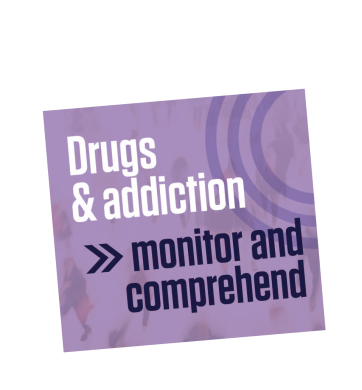
OFDT - Drug and addiction in France - Data, studies, surveys
New
Image

OFDT: 30 years of monitoring
The OFDT website has a new look! We hope you'll like the new colours and the improved navigation.
We have created this site to make our publications more accessible. They are now classified according to a detailed filtering system (product, theme, population, etc.).
Our website has also been made accessible to people with disabilities and our new products will be highlighted more systematically.
This summer a new section will be added to publish our latest data detailed by substances.
Who uses and how? What substances? What health and social damages do these uses cause? What are the opinions and perceptions on drugs? What are the public responses to the phenomenon? How are the markets evolving?
The French Monitoring Centre for Drugs and Drug Addiction (OFDT) is a non-profit public interest group tasked with centralising, producing, and disseminating scientific knowledge on drugs that are subject to licit and illicit use, patterns of use, and addictions.
